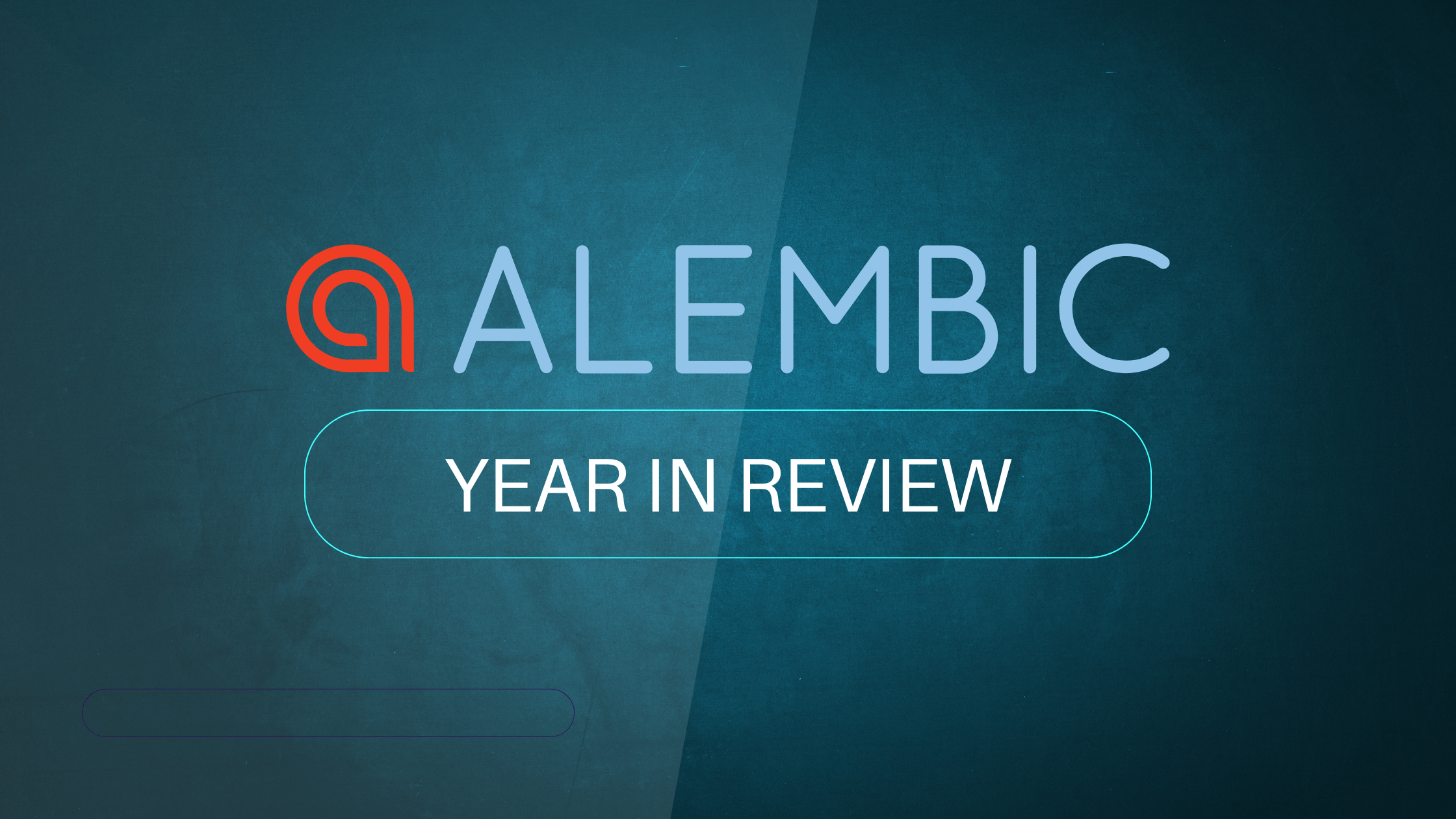Cloud infrastructure costs are quietly eating software companies alive. Whilst everyone celebrates the ease of scaling with cloud, many businesses are discovering that their monthly bills have become unsustainable. We're regularly seeing companies spend north of $50,000 monthly on infrastructure that could run efficiently for well under $10,000. The difference isn't just about choosing cheaper services, it's about choosing the right technology stack.
The hyperscaled elephant in the room
Who wins from complex architectures? Cloud hyperscalers and the broader complexity industry. They thrive on wasteful, resource-hungry setups that turn simple compute and storage into extremely high-margin products.
As a hypothetical hyperscaler you’d never actually want anyone doing anything efficiently would you? You would guide customers toward “best practices” that increase service usage rather than efficiency. Why promote technologies like Elixir, Erlang and the BEAM, which are built for efficiency, when bloat is better for business?
Think about it.
Why traditional stacks become cost monsters
Most modern applications follow familiar patterns: Node.js or Python backends, React frontends, Docker containers orchestrated by Kubernetes, with Redis for caching and PostgreSQL for persistence. These stacks work well enough, but when you add it all up they're seriously resource-hungry.
The problem starts with the fundamental design philosophy. Traditional web applications typically handle concurrency through operating system threads or processes, each consuming significant memory overhead. A Node.js application might use 50-100MB of memory per worker process. Scale this across thousands of concurrent users, and you're looking at substantial server requirements.
Then there is the microservices explosion. What started as a solution for large organisations to scale across large numbers of distributed teams became the default for companies of all sizes. Each service requires its own container, load balancer, database connections, and monitoring. The operational complexity multiplies, and with it, the infrastructure costs.
Caching layers become essential because traditional databases struggle under load. Redis clusters, CDNs, and application-level caches add both complexity and expense. The architecture becomes a house of cards, each layer attempting to compensate for the inefficiencies of the others.
Elixir's efficiency advantage
Elixir takes a fundamentally different approach. Built on the Erlang Virtual Machine (BEAM), it handles concurrency through lightweight processes, not operating system threads. These processes are incredibly efficient, consuming just a few kilobytes of memory each. A single Elixir application can handle millions of concurrent connections on modest hardware.
This efficiency translates directly to infrastructure savings. Where a traditional stack might require dozens of application servers, an Elixir application often runs comfortably on a handful of instances. The built-in fault tolerance means you need fewer redundant systems. The efficient memory usage means smaller instance sizes.
Ash Framework: making efficiency accessible
Whilst Elixir provides the underlying efficiency, Ash Framework makes it accessible to development teams. Ash is a declarative framework that handles the common patterns every application needs: authentication, authorisation, data validation, and API generation. Instead of building these components from scratch or stitching together multiple libraries, Ash provides a cohesive foundation for assembling larger application components.
The framework's declarative approach means less code to maintain and fewer opportunities for inefficient implementations. Ash automatically optimises database queries, handles caching intelligently, and provides built-in support for real-time features through Phoenix LiveView. These optimisations compound to create applications that simply require fewer resources to operate.
More importantly, Ash enables full-stack development with Elixir. Teams no longer need separate frontend and backend services, each with their own infrastructure requirements. A single Elixir application can handle web interfaces, APIs, real-time communication, and background processing with the same efficient resource utilisation.
The full-stack transformation
One of the most significant but often overlooked benefits is how Elixir and Ash transform team productivity. Traditional stacks create artificial boundaries between frontend and backend development. These boundaries require additional infrastructure: API gateways, service meshes, inter-service communication protocols.
With Ash, every developer becomes a full-stack developer. Features can be built end-to-end within a single application. This eliminates the need for multiple services, reduces deployment complexity, and dramatically simplifies the infrastructure footprint.
We've seen engineering teams shift from being bottlenecked by technical constraints to being limited only by product and design capacity. When your infrastructure costs drop by 85% and your development velocity increases dramatically, the bottleneck moves up the stack to more strategic concerns.
Real-world impact: beyond the numbers
The financial impact goes beyond simple cost reduction. Lower infrastructure costs mean more predictable unit economics and improved gross margins. For venture-backed companies, it can extend runway significantly. For bootstrapped businesses, it can mean the difference between sustainability and struggling to afford growth.
We were spending $50,000-60,000 a month on AWS spend. We just wrapped up July with $9,800 in AWS spend... It's like raising a round of funding. It's crazy.
- Alembic client CEO
The strategic advantages continue to run deeper. Applications built with Elixir and Ash are inherently more scalable. They can handle traffic spikes without the panic of exponentially increasing cloud bills. They provide better user experiences through reduced latency and improved reliability. They enable new features, like real-time collaboration or AI agent orchestration, that would be prohibitively expensive to implement with traditional stacks.
The migration question
The obvious question is whether existing applications should migrate to Elixir and Ash. The answer depends on your specific situation, but the pattern we see is clear: companies experiencing infrastructure cost pressure or scalability constraints find the migration transformative.
Modern approaches to migration may not require big-bang rewrites. New features can be built in Elixir whilst legacy systems are gradually replaced. The key is starting with a clear understanding of the total cost of ownership. Considering not just development time, but ongoing infrastructure, operational complexity, and engineering productivity.
Making software simpler
At its core, this isn't just about cost reduction. It's about making software simpler which enables faster time to customer value. Elixir and Ash represent a return to building efficient, elegant systems that solve real problems without unnecessary complexity.
The cloud promised to make infrastructure simpler. Instead, many companies have discovered they've now got infrastructure complexity and cost complexity. Elixir offers a different path: applications that are inherently efficient, naturally scalable, and fundamentally simpler to operate.
The companies achieving a 5x uplift through 80%+ infrastructure cost reductions aren't just saving money, they're building sustainable, scalable businesses on solid technical foundations. In an environment where every dollar matters and technical efficiency creates competitive advantage, that's not just good engineering. It's good business.
At Alembic, we've helped multiple clients achieve dramatic infrastructure cost reductions using Elixir and Ash Framework. One recent project saw costs drop from nearly $60,000 per month to under $10,000 (USD). That’s a nearly 85% reduction that fundamentally changed the client's operating costs. This isn't an isolated case. It's a pattern we see repeatedly when companies make the strategic decision to leverage Elixir's unique architectural advantages.





